February is American Heart Month! Keeping your heart healthy is not only excellent advice to prevent heart attacks but...
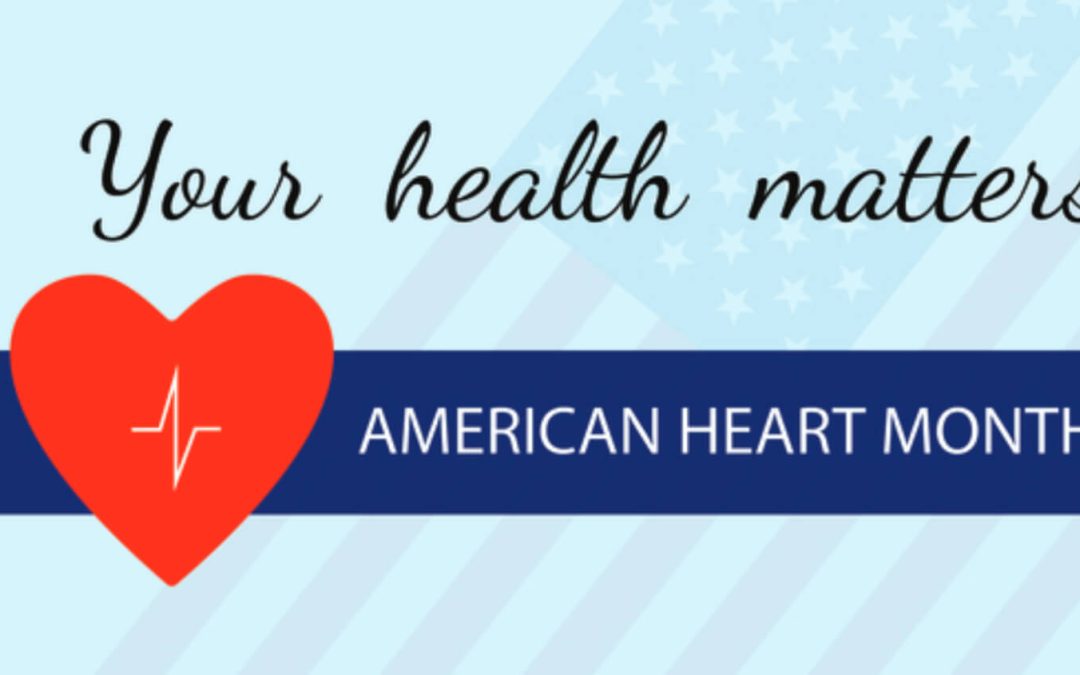
Leveraging a portfolio of advanced treatment technologies and equipment to help patients regain independence and an enhanced quality of life.

February is American Heart Month! Keeping your heart healthy is not only excellent advice to prevent heart attacks but...

Following a brain injury, many survivors use their injury event as an opportunity to make positive life changes. This...
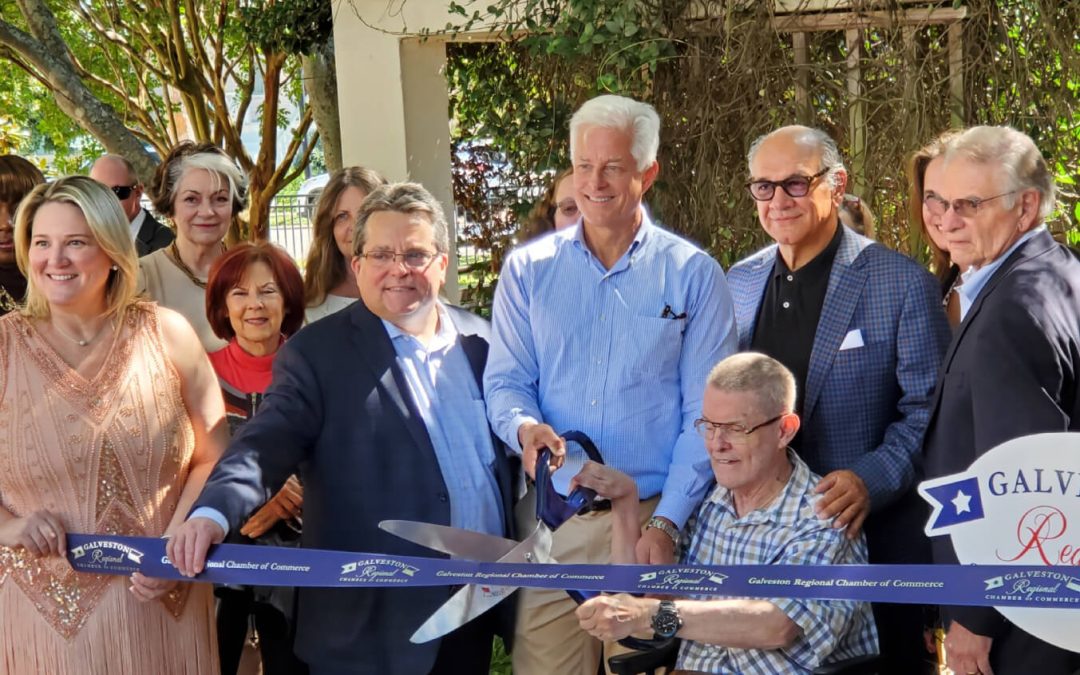
This year marks Moody Neuro’s 40th anniversary of providing breakthroughs in brain injuries! We are very grateful to...
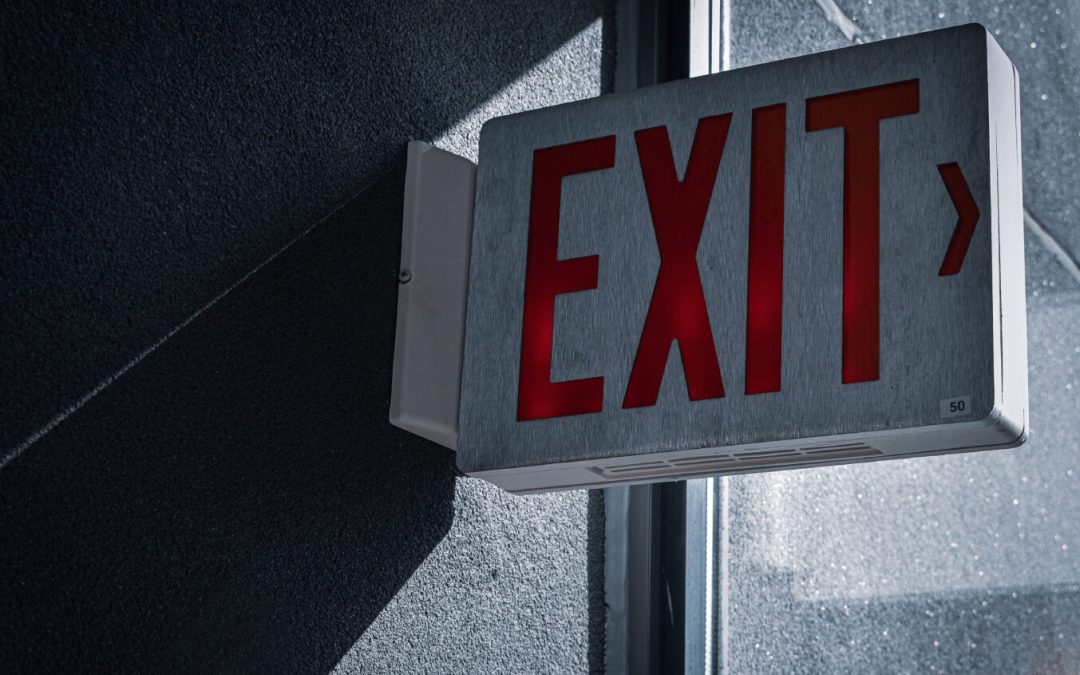
Early June brings hurricane season to Texas, and with that comes a fresh reminder of the need to plan for emergencies....
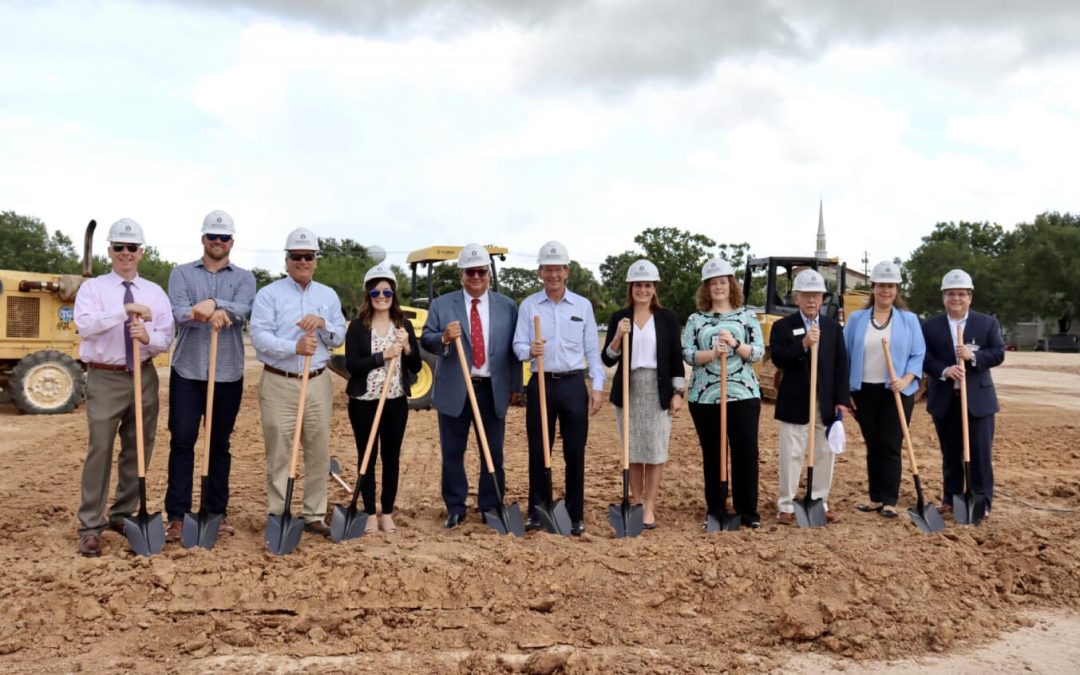
Moody Neurorehabilitation Institute is opening a new location! On July 14th, 2021, Moody Neurorehabilitation Institute...

The Olympics feature many of the greatest athletes of the world aiming for a gold medal. But did you know that some of...
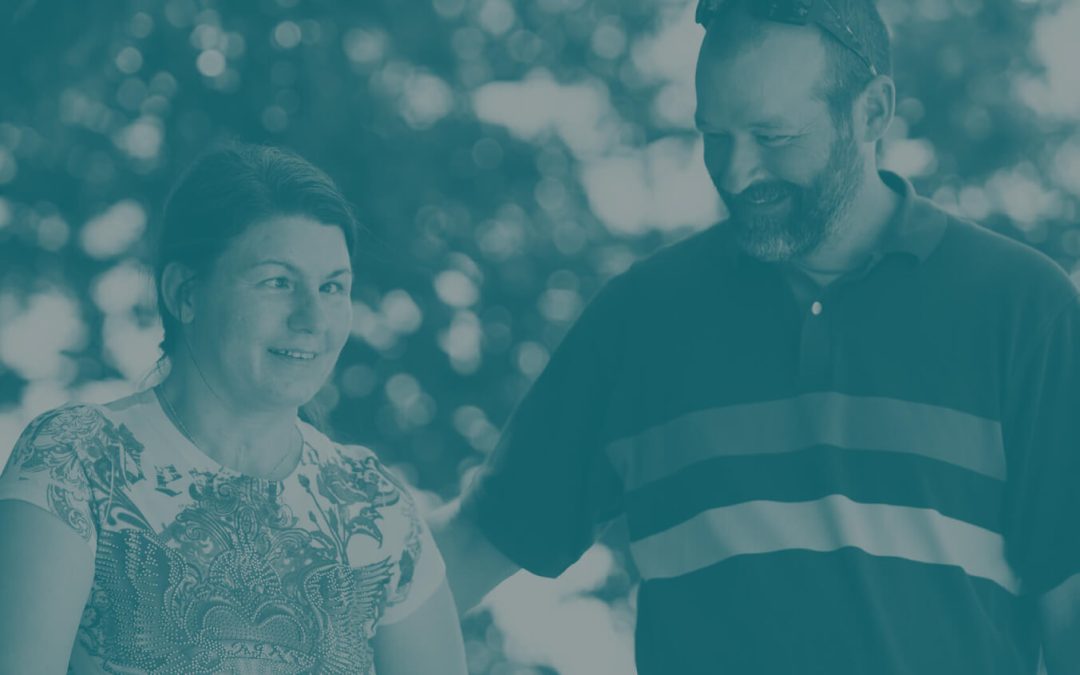
February is Black History Month! As we celebrate the contributions that African Americans have made at all levels for...

On Game of Thrones, Emilia Clarke's character Daenerys Targaryen is tough as nails and always up for a battle. But...

Bret “The Hitman” Hart is a wrestling legend. For years he traveled the globe as one of the biggest stars in the...

Olympic gold medal sprinter Michael Johnson has always kept himself in great shape, even in retirement from his...